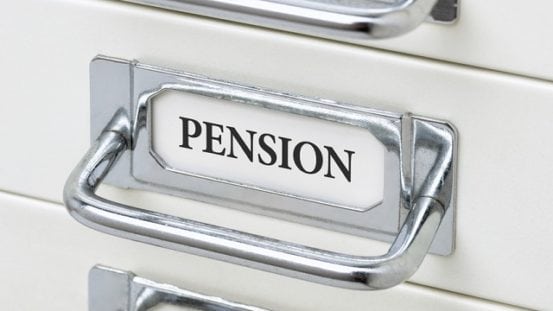The tax take from individuals paying a tax penalty for breaching the £40,000 annual allowance hit £517m ($673m, €580m) in the 2016-17 financial year – a huge increase from £143m in the previous year.
The number of taxpayers reporting this through their tax returns reached 16,590, up from 5,430 in 2015-16.
Meanwhile, the yield from those breaking the lifetime allowance (LTA) in 2016-17 reached £102m, involving 2,120 taxpayers, up from £66m and 1,180 taxpayers in the previous tax year.
The total tax take from annual allowance penalties is £1,288m since 2006’s pension simplification reforms, while the tax take from LTA totals £335m.
The figures will not surprise advisers who have seen successive governments paring back LTA from a peak of £1.8m in 2012 to £1.03m, while the annual allowance has fallen from a 2012 high of £255,000 to just £40,000 now.
“We remain concerned that the moving feast of pension tax relief risks putting savers off saving for retirement.”
Annual allowance cuts predicted
There has also been speculation in the national newspapers, citing Treasury sources, that chancellor Philip Hammond is considering pruning the annual allowance further as he seeks to find money for increased funding for the NHS, with the government promising an uplift of £20bn a year by 2023-24.
Tom Selby, senior analyst at AJ Bell, said: “With policymakers scrabbling to find around £20bn to boost the NHS, it seems inevitable pension tax relief will once again face the Treasury’s steely glare. We remain concerned that the moving feast of pension tax relief risks putting savers off saving for retirement.
“Ironically this also costs the Exchequer money in the short term as savers fearful of future cuts pile into pensions in response to the inevitable pre-Budget speculation.
“If policymakers are to convince people it is worthwhile setting money aside for their later years, they need to engender confidence that the rug won’t be pulled from under people’s feet by a future government.”
Personal contributions rise
Broader pension figures published by HMRC show that the amount saved into personal pensions is at its highest ever level of nearly £25bn.
Aegon’s head of pensions Kate Smith said: “Employers are increasingly contributing more of this amount, from 9% of total personal pension contributions in the early 1990s to 61% in 2016-17.
“This shows the impact of automatic enrolment along with the popularity of salary sacrifice schemes, where employees choose to exchange salary in return for pension contributions, which are then counted as employer rather than employee contributions.”
She noted that occupational pension schemes continue to take the lion’s share of contributions and called the disparity between employed and self-employed a “pensions apartheid”.
“While pension contributions continue to rise, the amount of tax relief the government is paying out has risen by only £100m to £38.6bn. Occupational pension schemes continue to be the largest recipient of tax relief by far at 63% of all employer and employee pension contributions, with only 14% going to personal pension schemes.
Self-employed savings dip
“The statistics are stark for the self-employed, which only received 2% of the tax relief. This should be a sharp reminder to the government of the dramatic fall in the level of pension savings made by the self-employed, something that needs to be urgently addressed to stop future pensions apartheid between employed and self-employed.”
Smith attributed the high tax take from pensions in payment to pension freedoms.
“The tax received by the government on pension payments in 2016-17 was £13.5bn, the highest since these HMRC statistics began. The pension freedoms will have contributed to this as some people have rushed to cash in pension pots, often pushing them into a higher tax bracket.”







